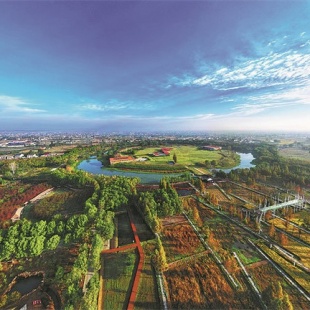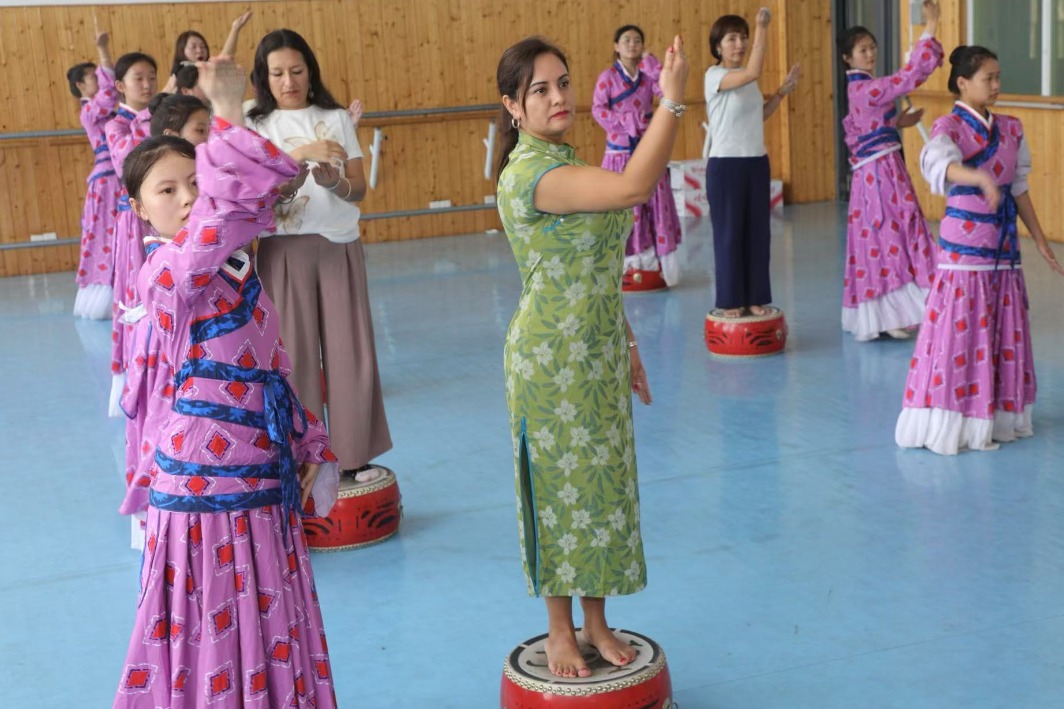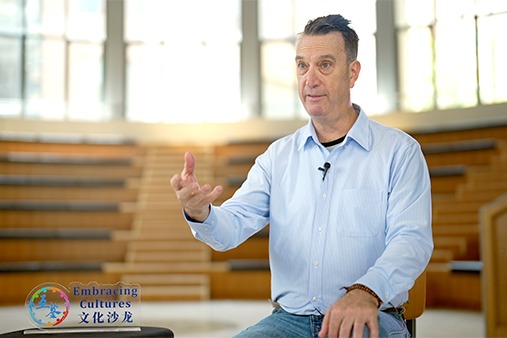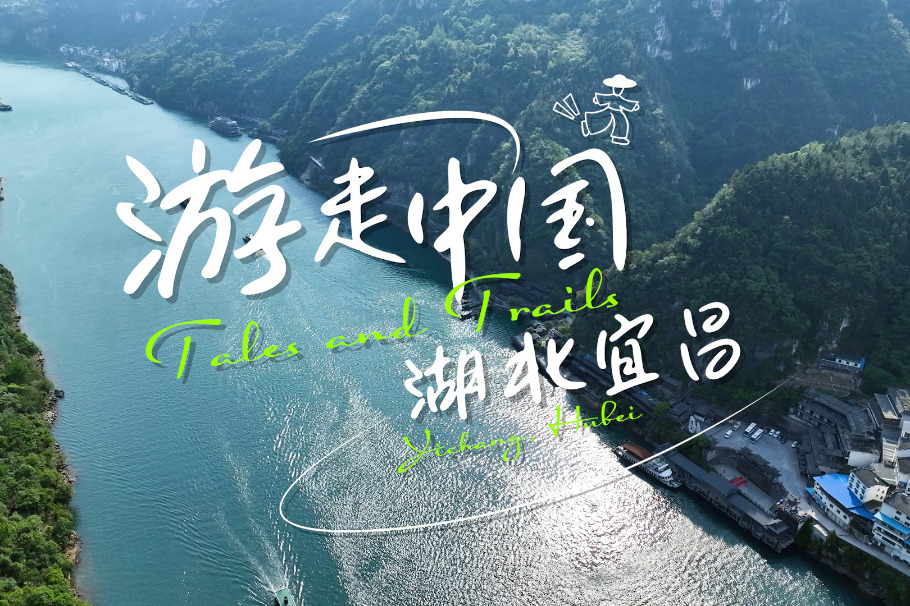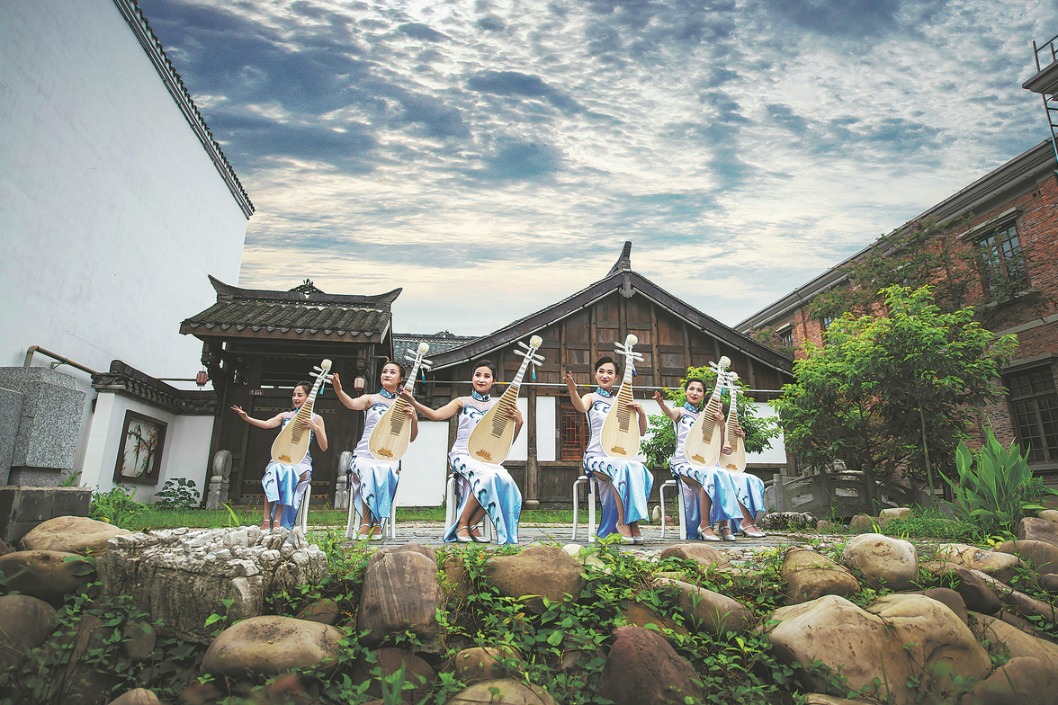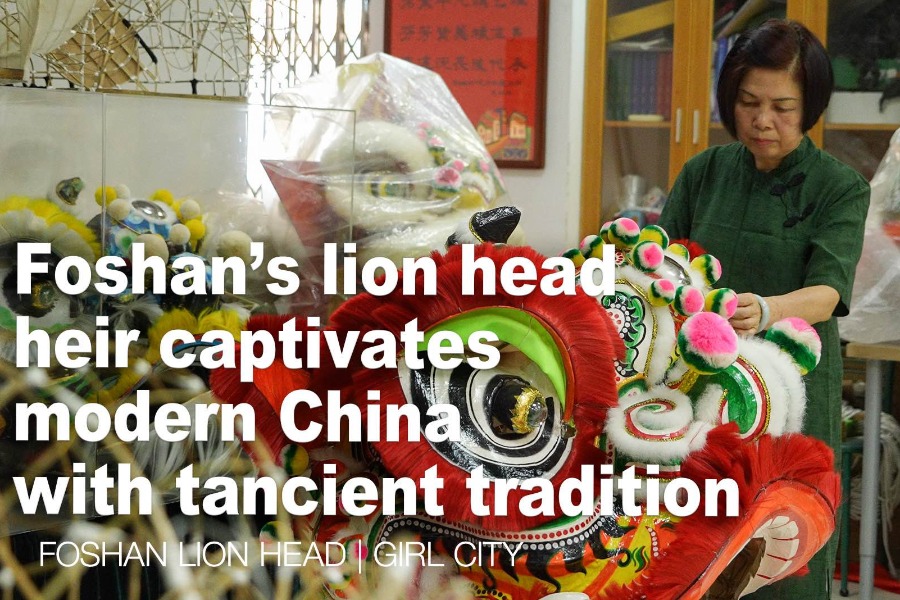Small plain offers big rewards

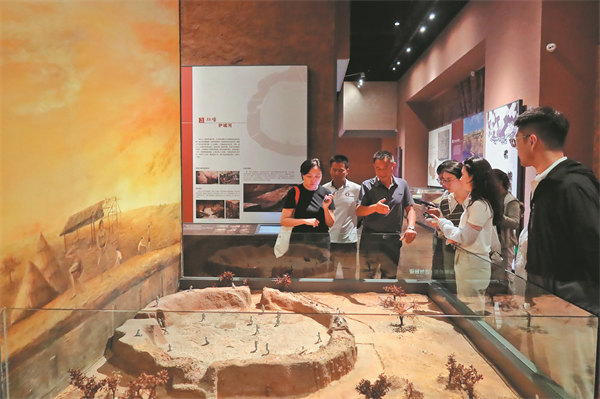
Zhong says the keeper's office is only a five-minute walk from his home.
"Villagers are very interested in cultural relics and believe archaeological excavations can boost the cultural connotations of our hometown," says Zhong.
About 20 km from Bashidang lies the Chengtoushan site which covers 187,000 sq m and has been protected and developed through a different approach.
"If the protection of Bashidang is to combine it with villagers' life, our work to protect and promote Chengtoushan lies mainly in building its brand in local cultural tourism so as to drive other local industries," says Cao.
Dating back 6,500 to 3,800 years, Chengtoushan was one of the earliest cities ever discovered in China, which yielded an ancient paddy field from 6,500 years ago.
"Besides the paddy field, we also found carbonized rice and irrigation facilities, showing a mature agricultural system. Therefore, we infer that ancient people living in Chengtoushan led a relatively stable farming life, different from the earlier lifestyle of hunting and gathering," says Zhou.
A Chengtoushan national archaeological site park has been built at the cost of 600 million yuan ($83.7 million), keeping the original layout, covering 44.13 hectares, with a museum showcasing highlighted cultural artifacts from the site.
Zhou says based on features of the site, they have designed many activities for tourists. For example, they offer people a chance to try their hand at archaeological excavation in the neighboring areas of the site.
People can also plant rice in spring and autumn and catch fish.
They can learn how to make pottery vessels which ancient people also worked on, and row a boat on the river surrounding the settlement.
"Activities should be vivid and various so that people would like to stay," says Zhou.
Moreover, some of the rice people plant has colors, so that when they grow, people can gain a bird's-eye view of the colorful field standing on a bridge straddling two sides of the field.
Cao says they organize activities like straw festivals on the site to promote local agricultural products like rice and grapes.


